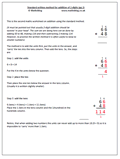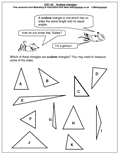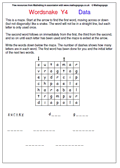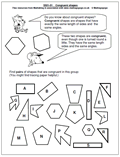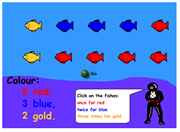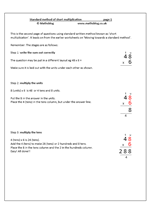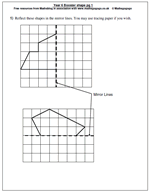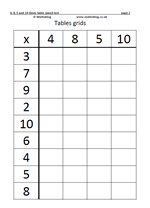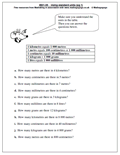Investigations are a great way to reinforce mathematical concepts and learn about patterns in maths. This maths worksheet is posted in our Year 2 section, under Using and Applying Maths and has proved to be one of our most used resources.
We have the digits from one to nine again, this time the task is to use three digits to make 12. This is much harder than just using two digits and it would be a good idea to have some cards printed out with the digits on to help with this. They are available in the reception maths worksheets section.
Again plenty of opportunity for talking about the numbers and what counts as a different way. Is 1 + 2 + 9 the same as 2 + 1 + 9 ?
